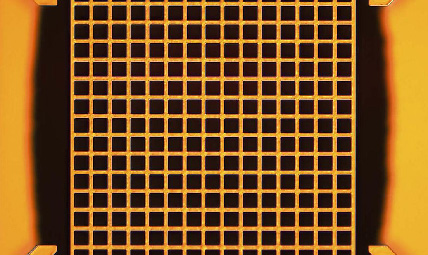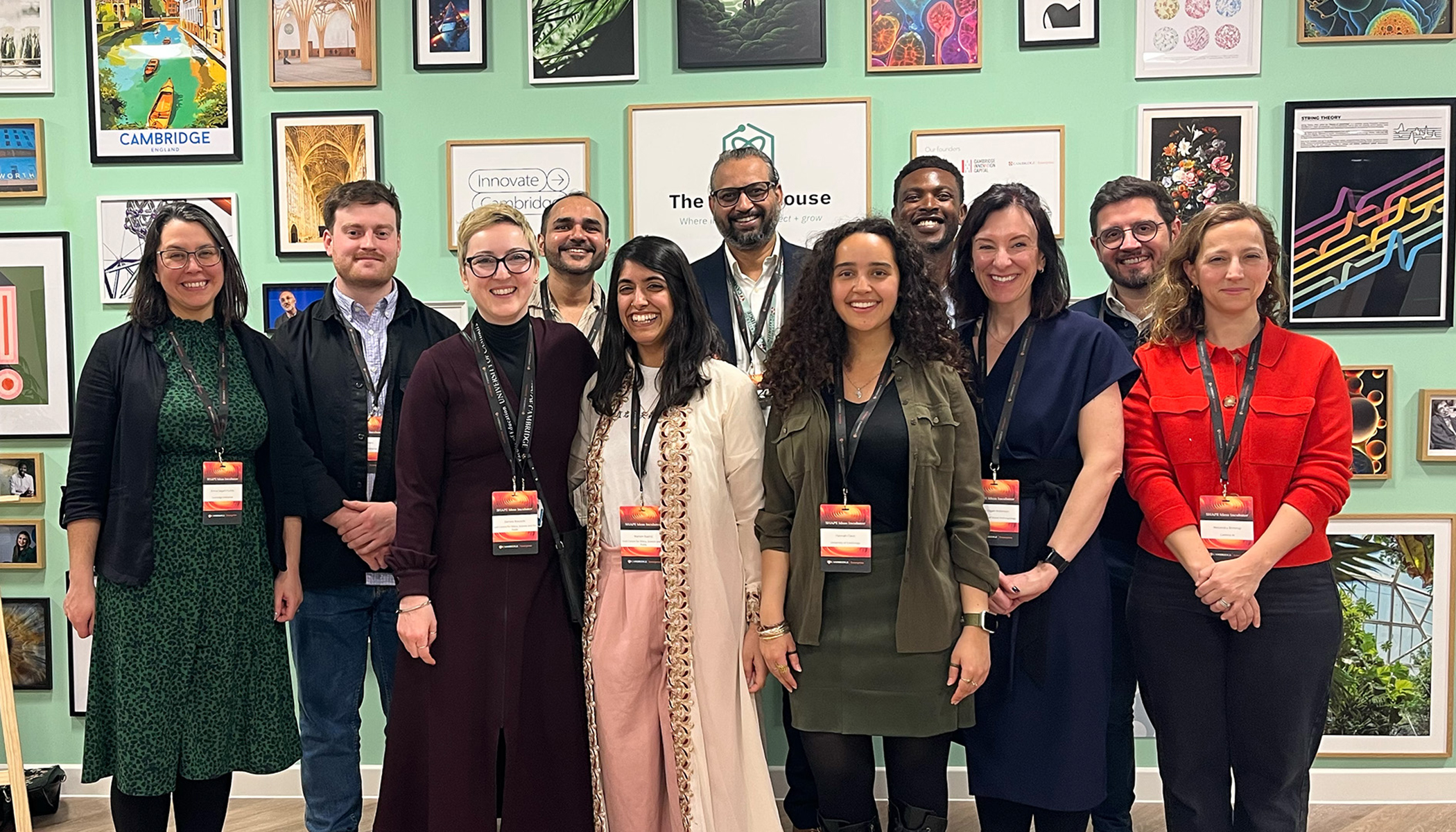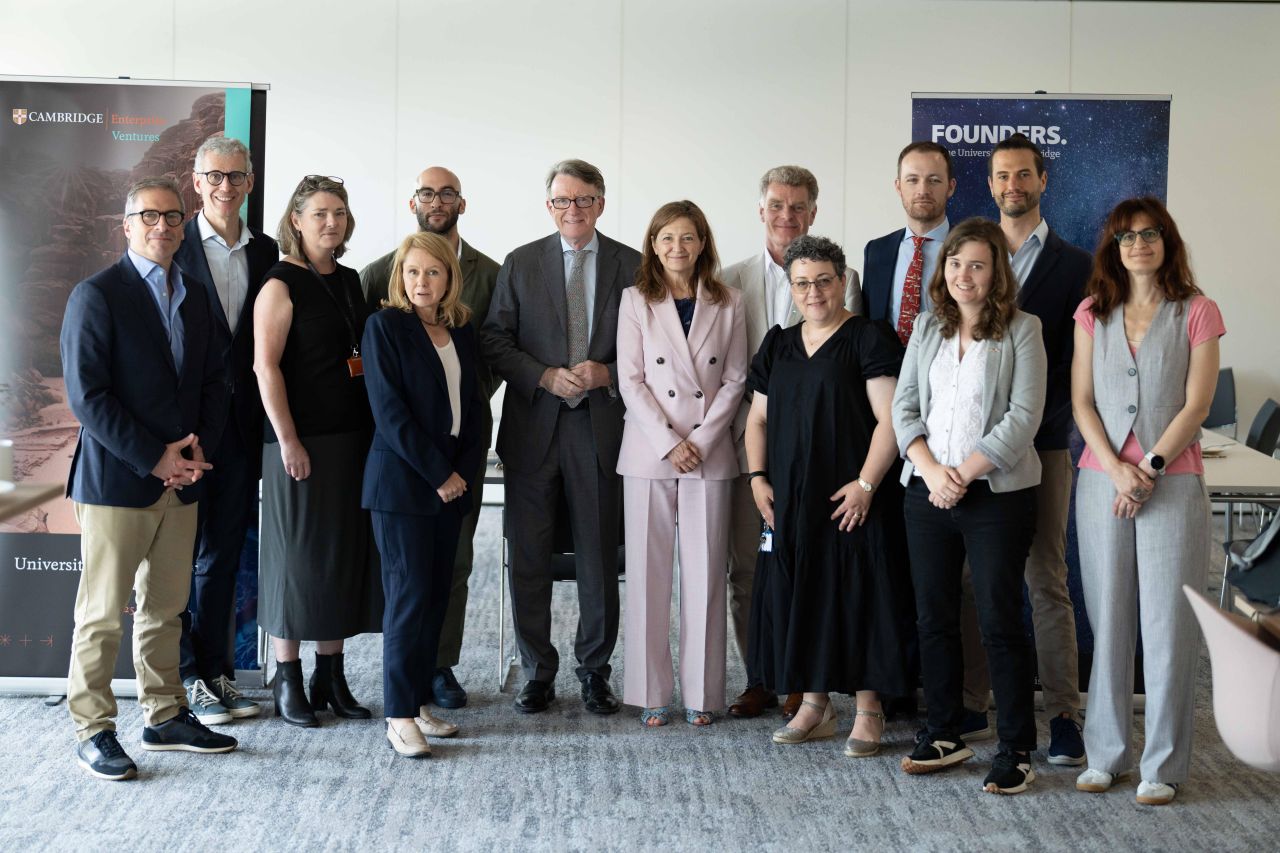Researchers at the University of Cambridge have developed a new concept in motion sensing technology that is one thousand times more sensitive than existing systems, such as those used in applications ranging from aerospace to home entertainment.
The new technology, developed by Dr Ashwin Seshia’s research group at the University’s Nanoscience Centre, relies on tracking the deviations between the relative amplitudes of coupled vibratory devices to enhance the sensitivity of microscopic inertial sensors.
Inertial sensors are in wide use today for a variety of motion sensing applications, and can be found in devices from smartphones to fighter jets. The sensors measure changes in acceleration or provide information about angular motion.
The technology developed by Ashwin and his team has enormous potential to completely change what we can do with inertial sensing across a huge variety of applications.
Dr Andrea Cantone
While the inertial sensors used in many applications are large and expensive, miniaturised versions of the devices based on micro-electro-mechanical system (MEMS) technology are becoming more commonplace, due to the substantial reductions in cost, size and power consumption they provide. However, the sensitivities achievable in these devices are still lower than those required for applications where high performance is essential, such as navigation, healthcare and gaming.
The method developed by Seshia and his research group addresses one of the perennial challenges associated with good sensor design: maximising sensitivity to the quantity which is being measured, while minimising sensitivity to environmental variables such as temperature and pressure.
“The technology developed by Ashwin and his team has enormous potential to completely change what we can do with inertial sensing across a huge variety of applications,” said Dr Andrea Cantone of Cambridge Enterprise, the University’s commercialisation group. “MEMS technology has enabled motion sensing to be incorporated into many devices already, but these improvements mean that they could be used in ways that haven’t even been considered yet.”
A working prototype has been constructed, and with a suitable partner, the sensors could reach the market within six months.
The technology will be showcased at Technology World 2010, taking place from 7-8 December at the ExCel Centre, London.
Photo credit: Jize Yan, “Blinking Buttons” via Flickr











